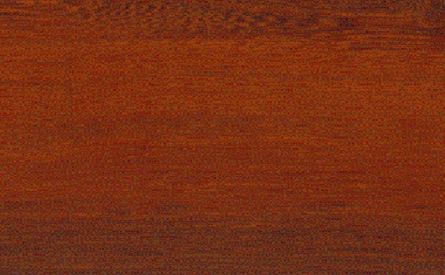Tinto
Logwood / Haematoxylon campechianum

Local Names
Distribution & Tree
Wood Appearance
Processing Properties
Strength & Durability
Wood Uses
Ecological & Social Importance
The Maya name is ec and has been used by the Maya for its red pigment through pre-Hispanic times for paint and dye and today is being “rediscovered” as a natural, organic dye. The Lacandon people of western Peten used the wood for arrow shafts. Indeed, tinto is among the most important species in the history of Mesoamerica. Along with mahogany, it was the primary reason for the British to claim Belize as a colony. In Europe it became prized as the source of a brilliant red dye and offered an extremely lucrative trade. By the 18th century, 95% of blue and black-dyed silk, cotton, wool and leather were colored with tinto’s extract. Pirates targeted shiploads of the wood, along with gold and silver, from Spanish vessels departing from Campeche (the species is sometimes called Palo de Campeche). Later, settlements appeared in what is today Belize to cut tinto directly. It was notoriously dangerous work often conducted waist-deep in water. Mosquitos, crocodiles, hunger and pirate attacks were constant threats. Slaves were brought in from Africa to cut wood.
The tree grows rapidly and easily from seed and regenerates when cut, making it a candidate for restoration. Today its primary commercial use is in histology as a stain for viewing cell nuclei. Microscopic descriptions of multiple diseases have been established using the dye. It can be used to dye a variety of fabrics, fur, paper, and metal. With anti-inflammatory properties, it has potential medical uses.
| Reference Species with Similar Density & Hardness | ||||
| Technical Characteristics | Tinto | Honduran Rosewood | Meranti | |
| Density | kg/m3 | 881 | 1,025 | 850 |
| Janka Hardness | kgf | NA | 997 | 726 |
| Bending Stiffness (Modulus of Elasticity) | GPa | NA | 22.0 | 17.0 |
| Bending Strength (Modulus of Rupture) | MPa | NA | NA | 122.3 |
| Crushing Strength | MPa | NA | NA | 70.9 |
| Shrinkage, Radial | % | NA | NA | 5.5% |
| Shrinkage, Tangential | % | NA | NA | 10.1% |
| Shrinkage, Volumetric | % | NA | 9.0% | 15.7% |
| T/R Ratio | NA | 2.5 | 1.8 | |
| Values determined at 12% humidity - Provided for reference only | ||||
|---|---|---|---|---|
DENSITY
JANKA HARDNESS
BENDING STIFFNESS
BENDING STRENGTH
CRUSHING STRENGTH
SHRINKAGE
Values are for reference only and cannot be guaranteed. Wood is a natural material and physical and mechanical properties may vary depending on age, genetics, and other factors. We encourage customers to consult the references provided in the bibliography. For further explanations of wood’s key technical characteristics, an excellent resource is the Wood Database with articles on Density (average dried weight); Janka hardness; Elastic Modulus; Rupture Modulus; Crushing Strength; Radial, Tangential and Volumetric Shrinkage.






